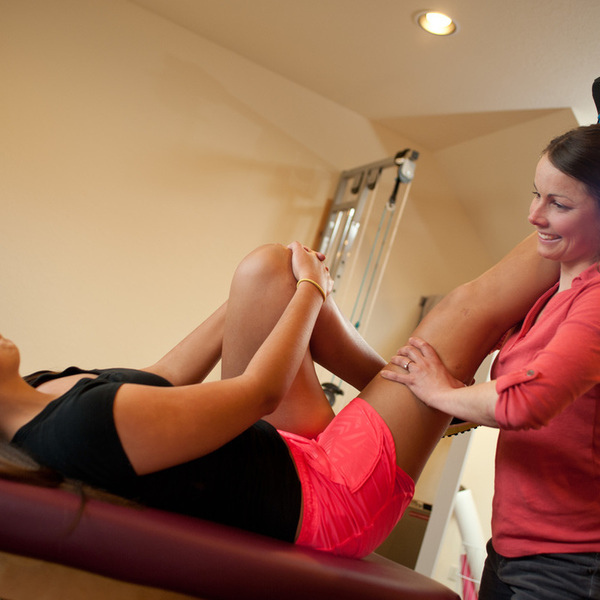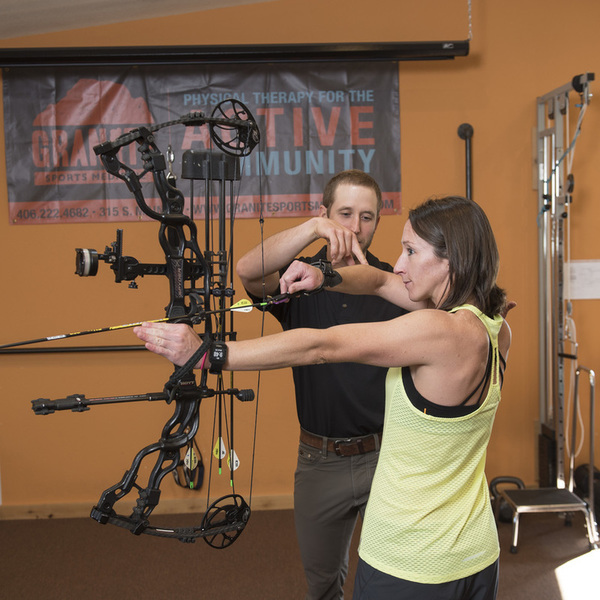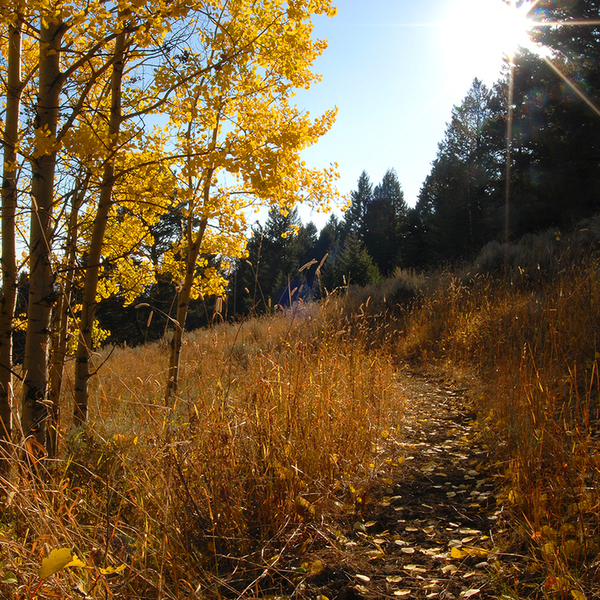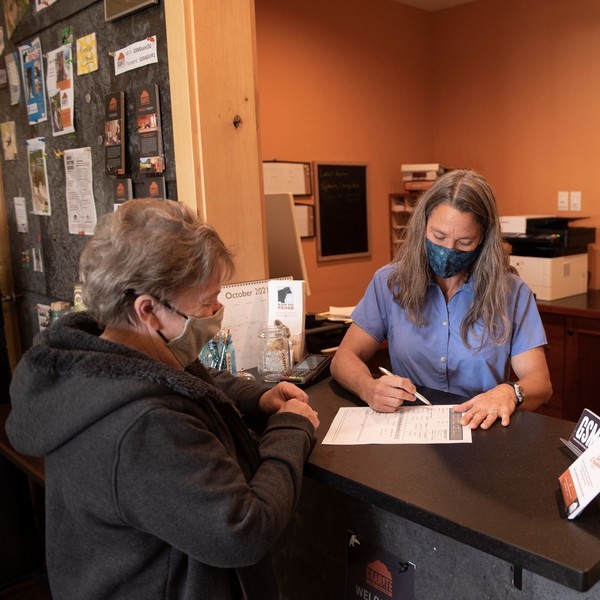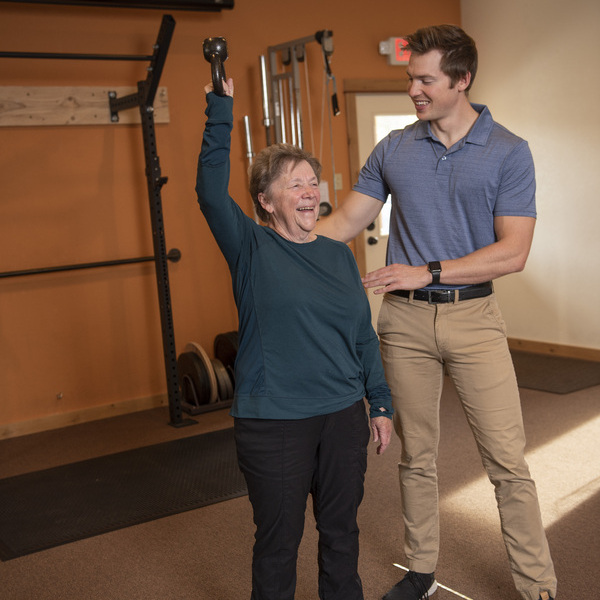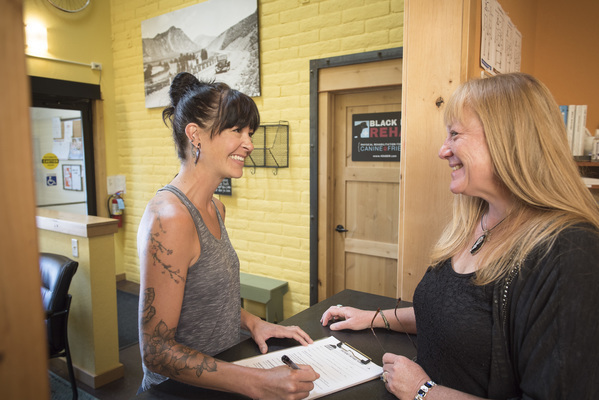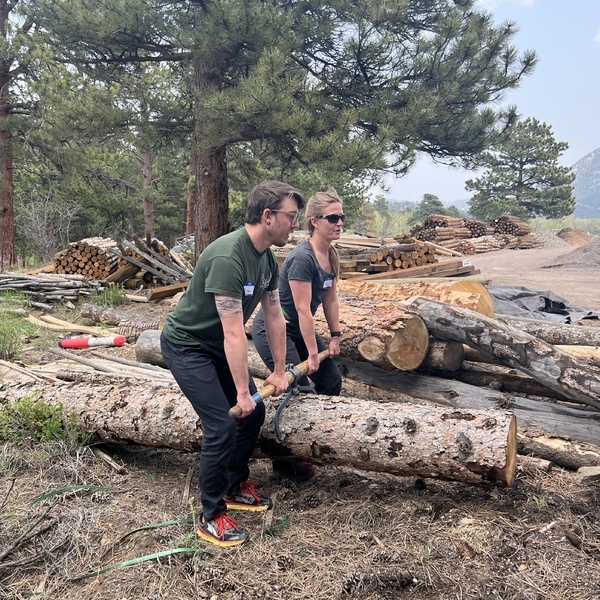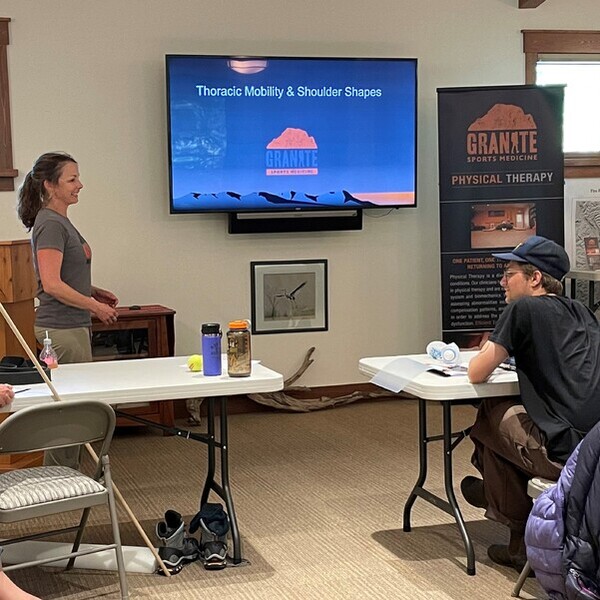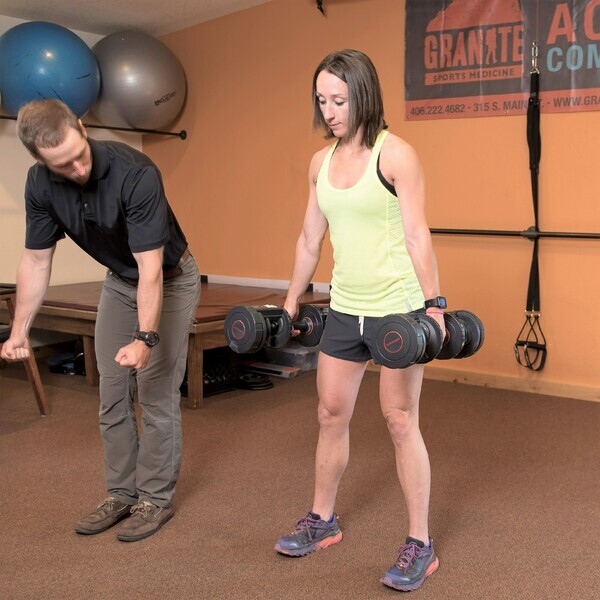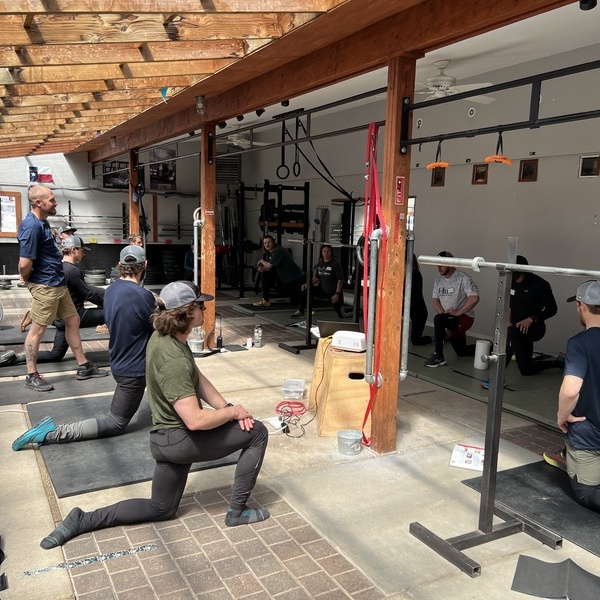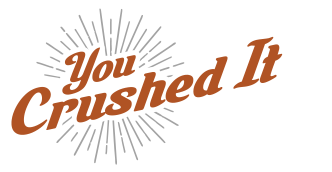I don’t know about you, but I am so elated to have sun on my face, beautiful blooming trees to enjoy, blue sky overhead, birds singing, and the smell of lilacs filling the streets around town. The summer solstice is just around the corner and those few random smokey days are behind us. June is here and it feels GOOD! This got me thinking about how I was feeling physically, especially taking note of my lack of joint stiffness and pain and increase in energy. Why are my knees feeling better? Why now? Sunlight plays a huge role in both our physical and mental health. The sun helps us synthesize vitamin D which can improve joint and muscle pain and fight off depression. The earlier sunrise also improves circadian rhythm which sets us up for a good night’s sleep.
Also, we do tend to get more exercise this time of year. We see more walkers, bikers, and runners popping up around town. The outside tennis courts are filling up with all ages and the soccer fields are bustling with activity. Motion is lotion and the increased activity helps decrease our soreness. With the longer days, we are apt to take longer walks or runs, stay for an extra pick-up basketball game, or spend one more hour in the garden or mowing the lawn. This increase in activity also helps with our sleep and allows our bodies to reboot more effectively overnight.
What about the physical benefits of being out in nature? Spending just 10 minutes a day outside can improve your mood. Whether it’s taking a walk on your lunch break and sitting by the Yellowstone or hitting the newly thawed trail to get in the mountains, you can tap into better brain chemistry. And if you want to level up your mindfulness, practice noting what you smell, see, hear, and feel while on your outside adventures. This small noting exercise has been connected to people experiencing less pain and more calmness. Take in those awe-inspiring views!
If we introspect into the benefits of June, it can give us a roadmap for weathering the next long, dark winter with better brain chemistry, less soreness, and better sleep. This is an easy season for sitting back and enjoying the ride but try digging a little deeper and identifying the reasons WHY this time of year is so dang good and how we can capitalize on these benefits year-round!
 Call 406 222 4682
Call 406 222 4682 Text 406 222 4682
Text 406 222 4682 Get Directions
Get Directions Instagram
Instagram  You Tube
You Tube 
